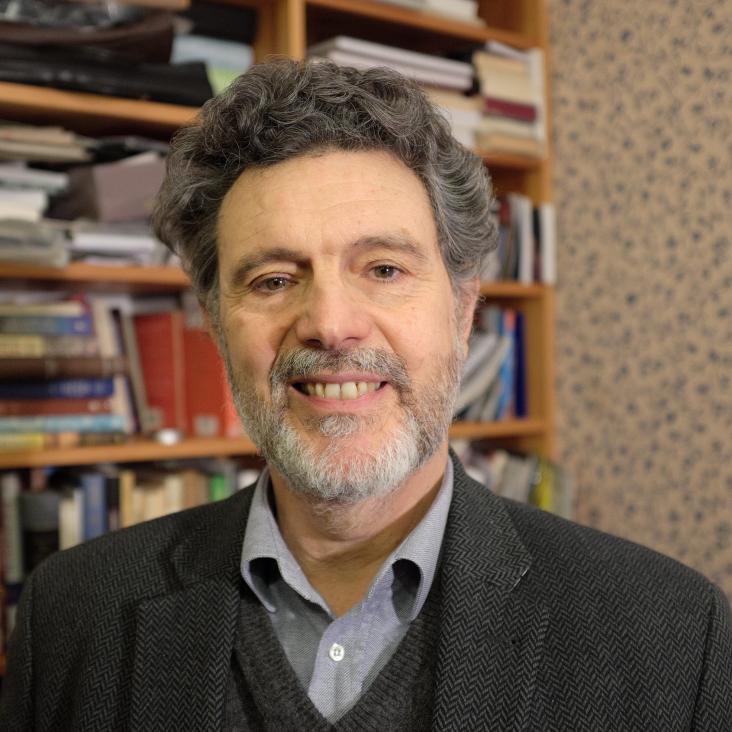Breaking symmetry with light: photo-induced chirality in a non-chiral crystal
(2024)
Spatially reconfigurable antiferromagnetic states in topologically rich free-standing nanomembranes
Nature Materials Nature Research 23:5 (2024) 619-626
Abstract:
Antiferromagnets hosting real-space topological textures are promising platforms to model fundamental ultrafast phenomena and explore spintronics. However, they have only been epitaxially fabricated on specific symmetry-matched substrates, thereby preserving their intrinsic magneto-crystalline order. This curtails their integration with dissimilar supports, restricting the scope of fundamental and applied investigations. Here we circumvent this limitation by designing detachable crystalline antiferromagnetic nanomembranes of α-Fe2O3. First, we show—via transmission-based antiferromagnetic vector mapping—that flat nanomembranes host a spin-reorientation transition and rich topological phenomenology. Second, we exploit their extreme flexibility to demonstrate the reconfiguration of antiferromagnetic states across three-dimensional membrane folds resulting from flexure-induced strains. Finally, we combine these developments using a controlled manipulator to realize the strain-driven non-thermal generation of topological textures at room temperature. The integration of such free-standing antiferromagnetic layers with flat/curved nanostructures could enable spin texture designs via magnetoelastic/geometric effects in the quasi-static and dynamical regimes, opening new explorations into curvilinear antiferromagnetism and unconventional computing.Holographic imaging of antiferromagnetic domains with in-situ magnetic field
Optics Express Optica Publishing Group 32:4 (2024) 5885-5897
Abstract:
Lensless coherent x-ray imaging techniques have great potential for high-resolution imaging of magnetic systems with a variety of in-situ perturbations. Despite many investigations of ferromagnets, extending these techniques to the study of other magnetic materials, primarily antiferromagnets, is lacking. Here, we demonstrate the first (to our knowledge) study of an antiferromagnet using holographic imaging through the 'holography with extended reference by autocorrelation linear differential operation' technique. Energy-dependent contrast with both linearly and circularly polarized x-rays are demonstrated. Antiferromagnetic domains and topological textures are studied in the presence of applied magnetic fields, demonstrating quasi-cyclic domain reconfiguration up to 500 mT.Spatially reconfigurable antiferromagnetic states in topologically rich free-standing nanomembranes
University of Oxford (2024)
Abstract:
The datasets included herein contain experimental results (Scanning transmission X-ray microscopy, X-ray diffraction, electron diffraction, confocal microscopy etc.) and related theoretical analysis for the investigation of antiferromagnetic topological textures in freestanding membranes. The steps used in the obtaining, reducing and analysing the datasets can be found in the Methods and Supplementary Information sections of the published manuscript.Revealing emergent magnetic charge in an antiferromagnet with diamond quantum magnetometry
Nature Materials Springer Nature 23:2 (2023) 205-211



